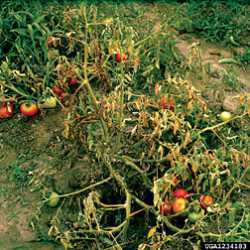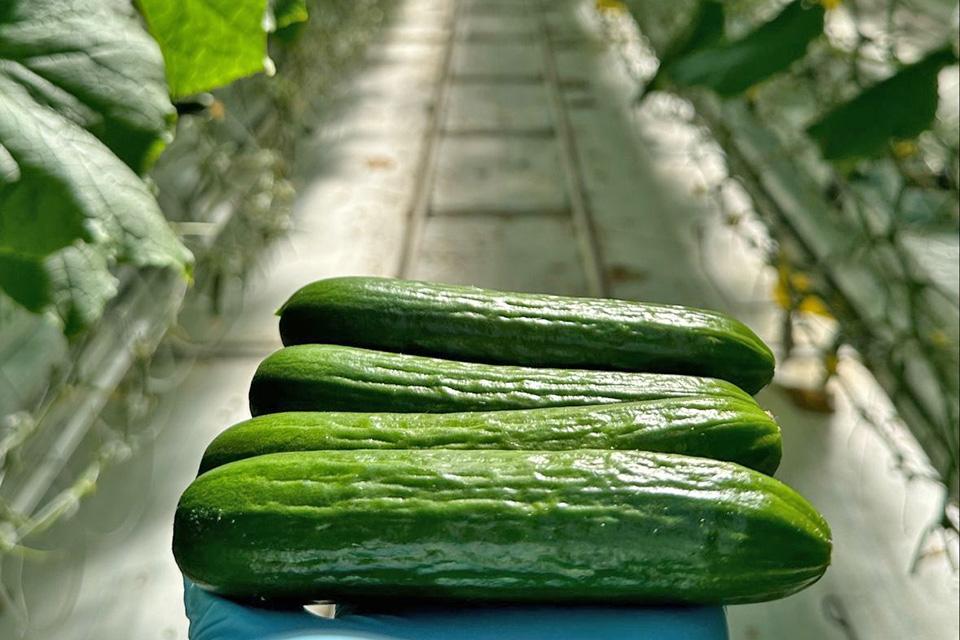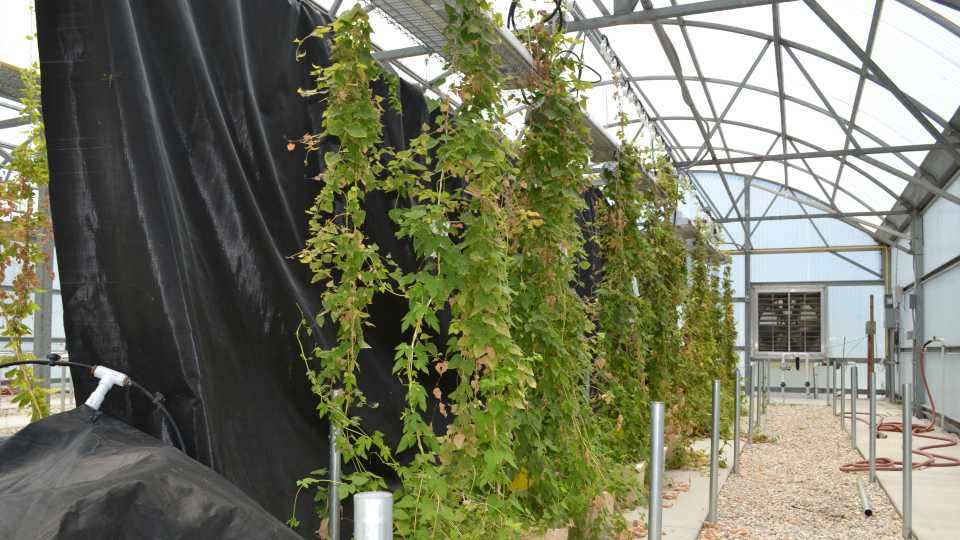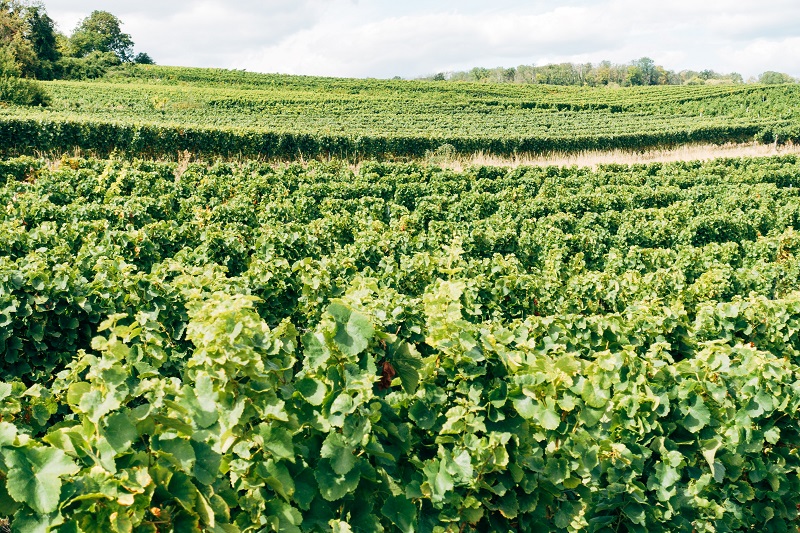Pest Of The Month: Southern Blight

Identification
Southern blight is caused by a soil-borne fungus, Sclerotium rolfsii. Typical symptoms include a whitish fungal growth that develops around the base of plants at the ground line followed by wilting and sudden plant death as the fungus girdles the stem. Small seed-like structures (sclerotia) may be found within fungal mass. They are white at first and later turn dark brown to black.
The disease usually appears in “hot spots” in fields in early fall and continues until cooler, dryer weather prevails. Losses may vary from light and sporadic to almost total destruction of the crop.
Survival And Spread
The fungus develops rapidly during hot weather when temperatures are more than 85°F. It grows on living and non-living organic matter and becomes most severe when dead leaves or other types of organic matter are present around the base of the plant. This decaying organic matter provides the fungus with energy and allows it to grow quickly and rapidly kill the host plant. Conditions in Florida’s early fall favor disease development. A good rule of thumb is that the first moisture event (either rainfall or irrigation) following the first sustained three- to five-day period when temperatures exceed 95°F will signal the first severe outbreak of the disease. This stimulates germination of the sclerotia and furnishes needed moisture for fungal growth. If the fungus finds ample organic matter and host plants, a large supply of sclerotia are produced for next year. These structures have a hard, thick covering that resists weathering.
Management Methods
Southern blight is difficult to control when conditions favor the disease and when numbers of sclerotia in the soil are high. Crop rotation with a non-susceptible grass crop, such as corn, is the most effective means of reducing numbers of sclerotia.
Soil fumigation with methyl bromide, chloropicrin (and mixtures), and/or Vapam can help reduce the incidence of southern blight. As growers transition from methyl bromide to other less efficacious fumigants, some scientists fear the disease may become more prevalent over time.
Residue management options differ depending on what the previous crop was in a field. If the previous crop was a susceptible one, the previous crop should be well decomposed prior to planting, and this might require disking the field several times during the fallow period. Avoid planting tomato following a very susceptible crop like peanut.
Four to five weeks of flooding of fields that have a history of Sclerotinia diseases may reduce the numbers of viable sclerotia, thereby reducing the amount of disease in succeeding crops. Organic growers report some success with products like thymol.
Fungicides also may be applied to the soil on certain crops. This will inhibit development of the fungus. Planting on raised beds improves drainage and might help reduce damage on some crops.
Fungicides also may be applied to the soil on certain crops. This will inhibit development of the fungus. Planting on raised beds improves drainage and might help reduce damage on some crops.
0
1
5
Pest Of The Month: Southern Blight










